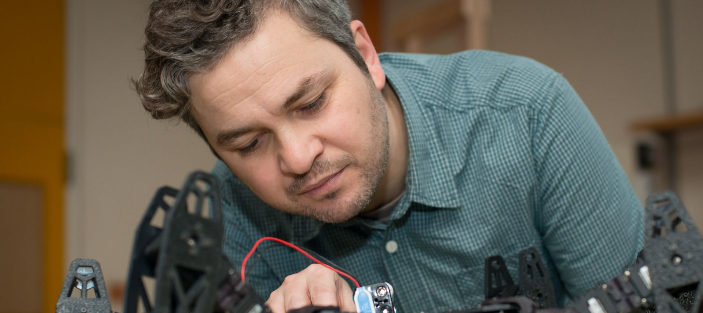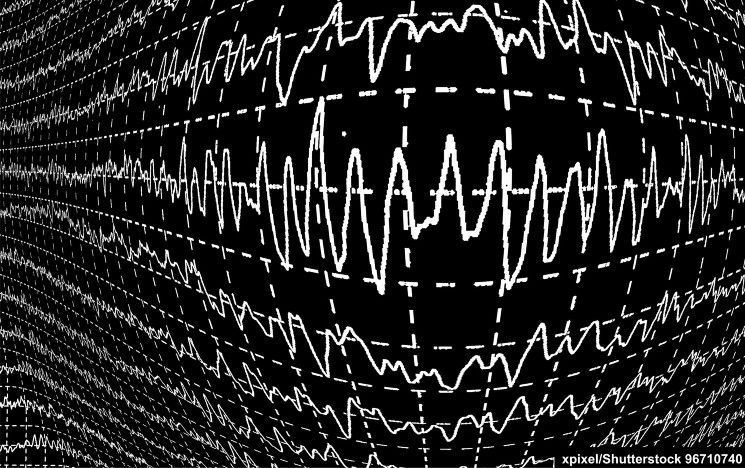
Luc Berthouze
Mathematical neuroscience; neurological disorders
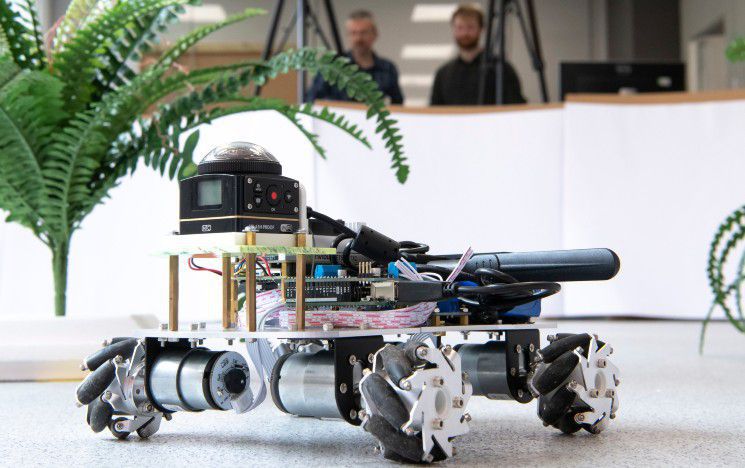
The intelligence of natural systems originates from the interaction of brains, bodies and the environment.” paul graham
Professor of Neuroethology
How does adaptive behaviour emerge from natural systems? How can we build intelligent artefacts? In Sussex Neuroscience we use computational tools and methods to analyse biological systems, allowing us to explore the capacity of neurons and pathways, how neural circuits are tuned to the natural environment, and how patterns of activity relate to brain states in health and disease. We also employ biologically-inspired engineering to replicate animals’ capabilities in autonomous systems and shed light on the biological basis of intelligence. By embedding Neural Models derived from natural systems, onto hardware devices, we aim to understand how artificial systems can sense, learn and move through complex natural environments.

Mathematical neuroscience; neurological disorders
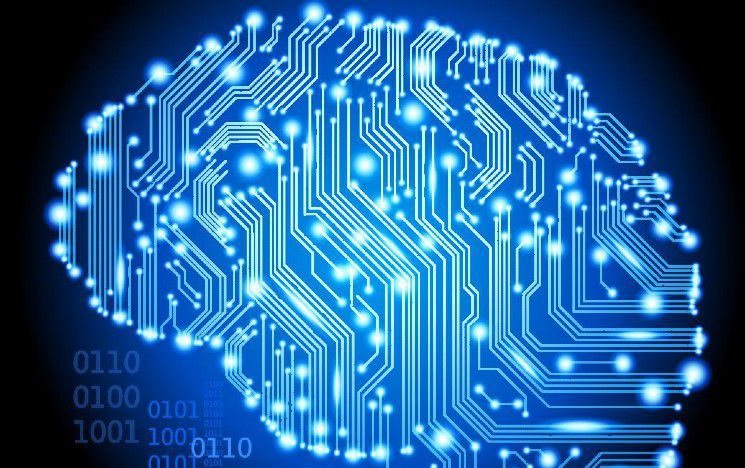
Neural computation and embodied AI
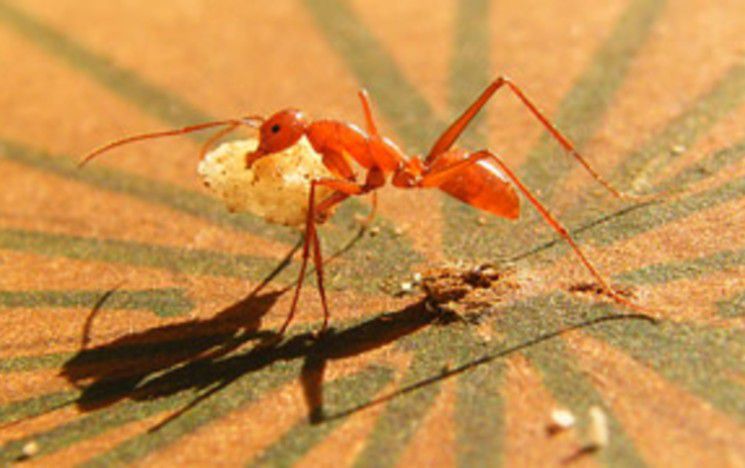
Insect navigation
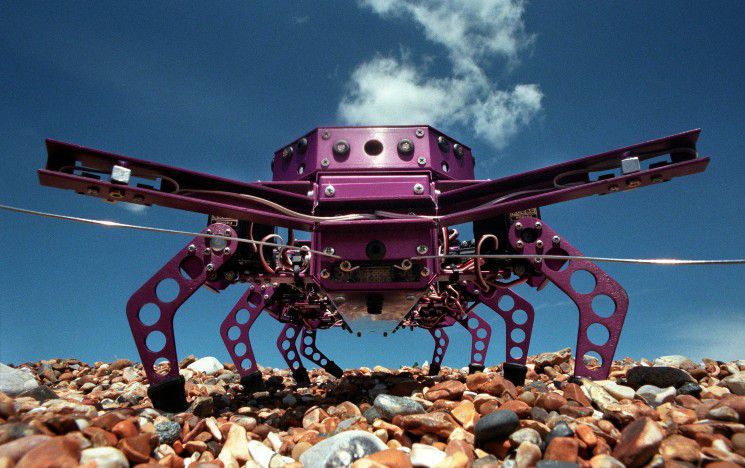
Adaptive systems, real and artificial
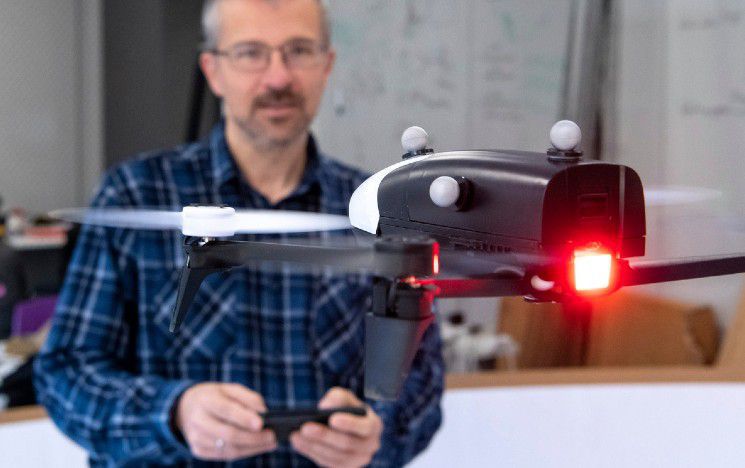
Computational neuroscience and hybrid systems
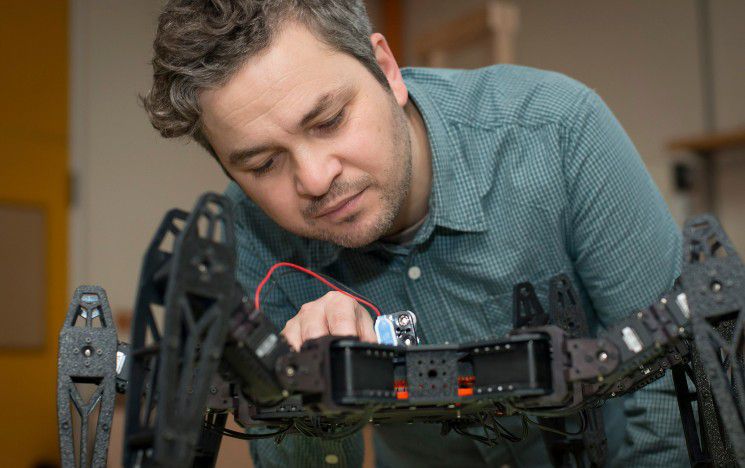
Robotics, AI and adaptive behaviour
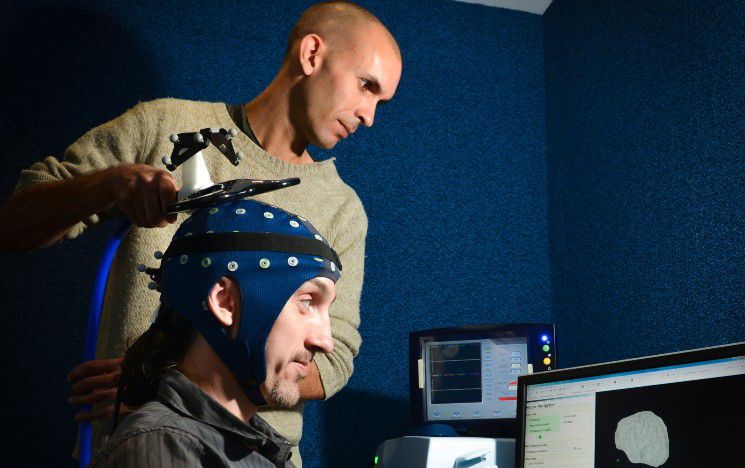
Consciousness science
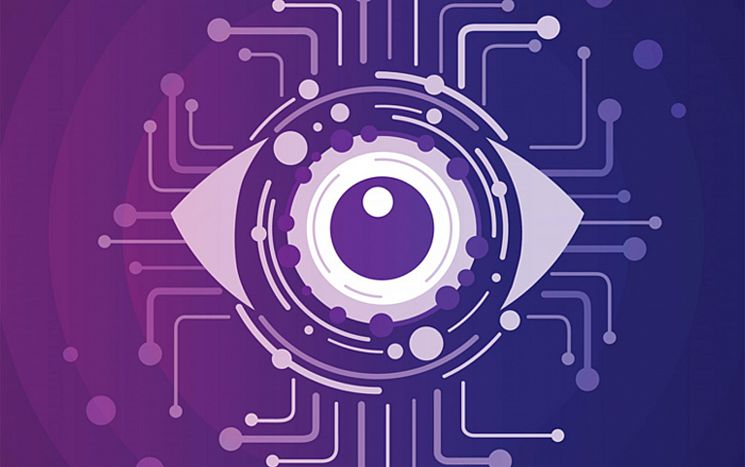
Bio-inspired AI and computational neuroscience
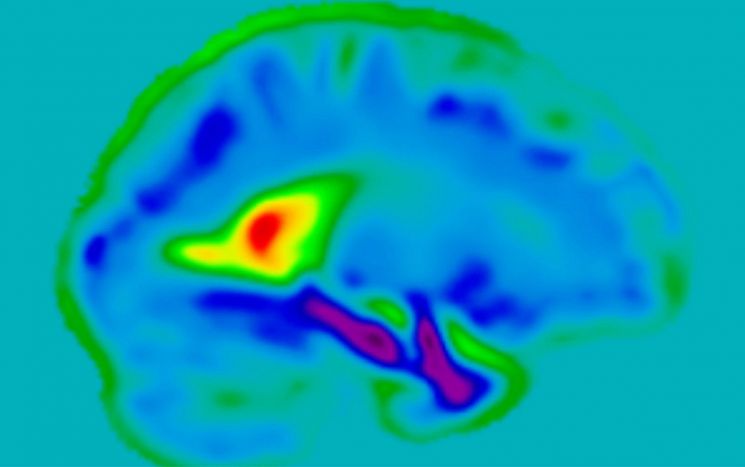
Spatiotemporal statistical modelling; Morphometry and imaging biomarkers
*Photo credit: Photo by Kelly Sikkema on Unsplash
Professor of Biorobotics
“When I came to Sussex following a degree in mathematics at Cambridge University, the importance of quantitatively modelling neural processes was not widely recognised. Since then, computational neuroscience has grown into a major international discipline.
The strong links between computing and neuroscience provided by the CCNR at Sussex gave me a fantastic opportunity to apply my mathematical skills to the modelling of complex biological systems. By combining behavioural experiments with modelling and robotics, we can examine how an animal’s neural signals are dynamically affected by its movement and surroundings. I began by modelling the diffusion of the gaseous neurotransmitter nitric oxide (NO), and have since developed neural network models and examined visual navigation and learning strategies in insects.
It has been satisfying to see the increase in demand for modelling to support the ever-more technical experimental approaches across neuroscience. I’m happy now to be returning to the role of NO in the brain, especially in learning and memory.”
